New Technology Predicts Storm Surges
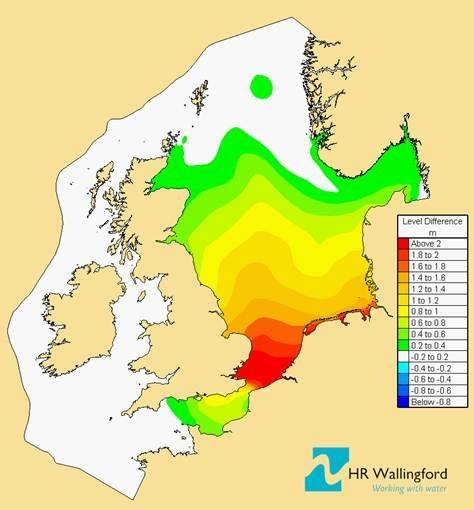
HR Wallingford’s model predictions of an example major storm surge event (1 in 20 year return) around the U.K. coastline.
Recent severe flooding around the U.K. coast is a stark reminder of the risks presented by storm surges – caused by a combination of high tides, winds and low pressure. The impacts on people, property and infrastructure, as recent events in Dawlish illustrate, can be significant. Storm surges, and their potential impacts, need to be understood by coastal managers, affected communities and all those with assets on the coastline. International flood and coastal engineering specialist HR Wallingford has developed SMARTtide, a state of the art tool that can now be used to predict storm surges in U.K. waters.
“Parts of the UK have recently experienced some of the highest storm surges since 1953,” says Graham Siggers, hydrodynamics and metocean group manager at HR Wallingford. “The challenge is to be able to provide accurate simulations of such events, either for forecasting, development planning, or to inform risk assessments. When it comes to simulating the local effects of storm surges, we have now further developed SMARTtide, a state of the art predictive tool originally set up for tidal resource assessment, to model storm surges in U.K. waters.”
Graham added, “This new development of SMARTtide allows us to take meteorological predictions and look at the effects of storm surges in very fine detail (200m resolution) along the coastline or into estuaries. This means the model can simulate storm surges at a very localized level informing risk assessments for coastal planning or insurance.”
Developed by HR Wallingford, SMARTtide was originally commissioned and funded by the Energy Technologies Institute (ETI) to identify the most efficient sites for tidal energy converters, tidal arrays or tidal barrage schemes around the U.K. and French coastlines. The model continues to be used for this purpose and can now also be used for storm surge simulation.
hrwallingford.com


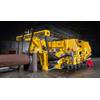

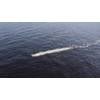
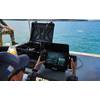
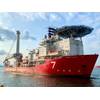








 February 2024
February 2024



